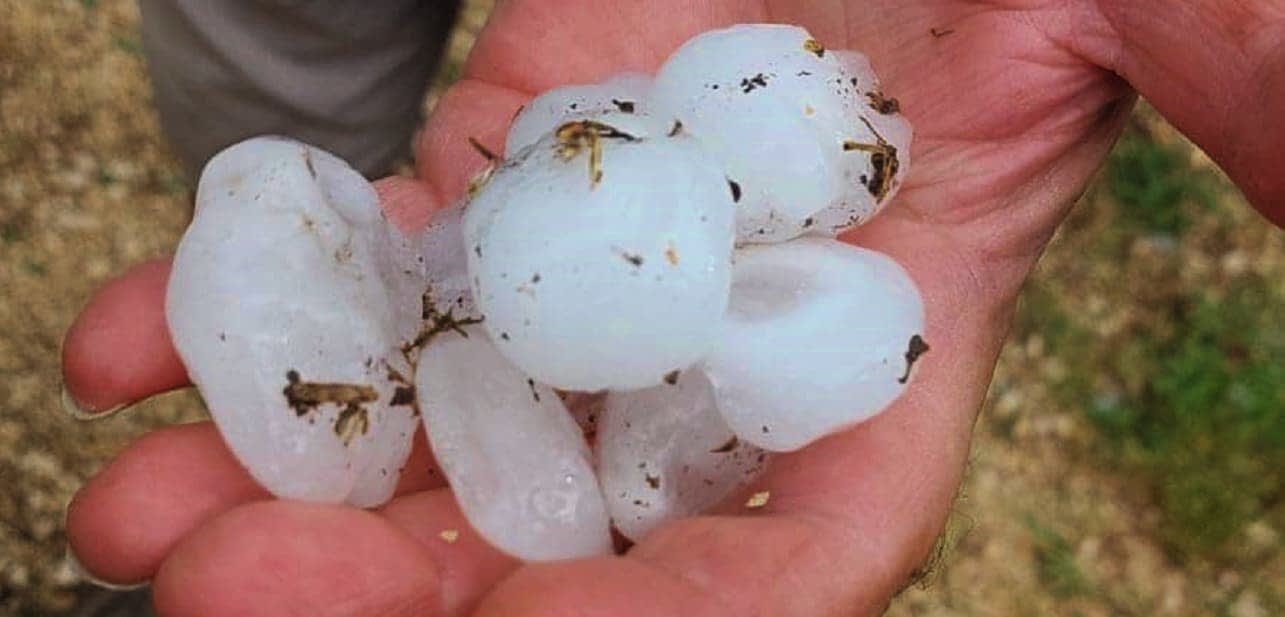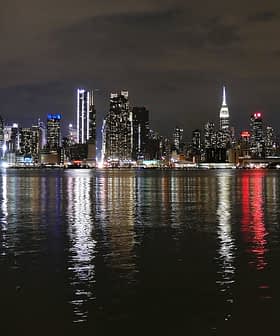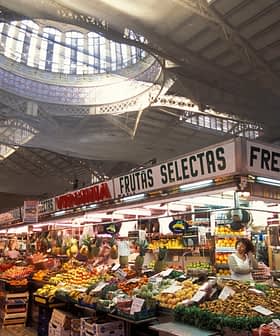Autumn in Puglia, Italy’s largest olive oil-producing region, could not have started any worse.
Thunderstorms and rain accompanied by hurricane-force winds and hail the size of walnuts left behind desolation in olive groves, vineyards and vegetable gardens.
In a few minutes, months and months of hard work disappeared. The damage suffered by olive groves, vineyards and all other crops was very great.
Olive groves were particularly affected, with the harvest already underway in the southern Italian region. Farmers have called the storms disastrous, with some saying they have lost their entire crop.
Producer associations Italia Olivicola and the Apulian chapter of the Italian Agricultural Confederation (CIA Puglia) have asked local authorities to intervene and help farmers recover by declaring a natural disaster.
See Also:2023 Harvest UpdatesThe most significant damage came in the rural areas of northern Puglia, especially in the provinces of Capitanata, Barletta-Andria-Trani and the metropolitan area of Bari. The strong wind and hail destroyed thousands of olive fruits, tomato plants and grapevines.
In the province of Foggia, the most significant damage was done in the rural areas of San Severo, Lucera, Sannicandro and Torremaggiore. In Bari, the worst consequences of the sudden wave of bad weather were recorded in Molfetta, Terlizzi, Ruvo, Corat, Giovinazz and Bitonto.

Coldiretti Giovani Impresa, via Facebook
“In a few minutes, months and months of hard work disappeared,” said Tommaso Loiodice, the president of Unaprol, an olive oil producers’ association. “The damage suffered by olive groves, vineyards and all other crops was very great.”
“The flower growers’ greenhouses were completely destroyed,” he added. “Agriculture is vital and essential to the local economy. I hope that institutions of all levels will immediately do their part.”
After visiting the affected areas, Loiodice called the damage “catastrophic,” adding that it was yet another setback for olive growers in the region.
“The olives, in this case, were ripe and ready for harvesting,” he said.” We continue to receive appeals from our desperate olive growers.”

Coldiretti Giovani Impresa, via Facebook
Extreme weather conditions are becoming more frequent, with the cost falling primarily on farmers.
“A year of hard work cannot be ruined by a few minutes of bad weather,” Loiodice said. “Therefore, we join the choir of other [agricultural associations] to request greater insurance and guarantees for compensation so that the efforts of our olive producers are protected and valorized to the greatest extent.”
Coldiretti Puglia, a farmers’ association, and CIA Puglia are already calculating the damage in the olive groves where the trees were left without leaves and fruits, but also in the destroyed greenhouses and landslides caused by this natural disaster.
“Hail in rural areas leaves behind the worst consequences. It destroys the whole year’s work,” Coldiretti said. “When it comes to olive groves, the damage is multi-year because instead of uprooted trees, new ones need to be planted, and even those left without fruits and leaves need more than a year to recover.”
Puglia produces up to 150,000 tons of olive oil in a typical crop year, roughly half of Italian olive oil production. Producers who expected Italy to produce 300,000 to 350,000 tons of olive oil are also disappointed.
Gennaro Sicolo, president of Italia Olivicola, said the decline in production will lead to an increase in wholesale prices of 30 to 40 percent. Olive oil prices at origin are expected to rise to €9, with prices reaching between €10 and €11 per liter on supermarket shelves.
“Prices will not rise only because of the situation in Italy but also because of the lack of production in the entire Mediterranean basin: Spain has been hit by a serious drought, Greece, Tunisia, Morocco and Portugal have also suffered,” Sicolo said.
He added that a ban on olive oil exports from Turkey means Italian bottlers could not turn there either to make up for lost domestic production.









